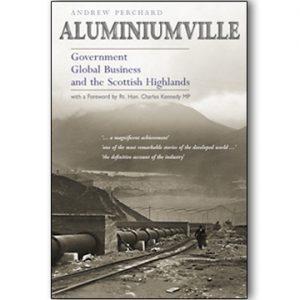Description
In the first volume of this history of Ferranti John Wilson traced the evolution of a family firm from its roots in 1882 up to the mid-1970s. Volume two offers a detailed insight into the exciting twelve years between 1975 and 1987. Having been quasi-nationalised in 1975, after the Labour government rescued the firm from severe difficulties of liquidity, it was converted from being a family firm into a much more conventional modern business operation. It now had professional managers and City shareholders, strategic planning exercises and a much-changed structure. The government finally sold its holdings in 1982 – at a significant profit – as a condition of its support in 1975 the Department of Industry had replaced Sebastian de Ferranti as managing director with Derek Alun-Jones, a former oil company executive.
A major theme of volume two is consequently concerned with analysing the extent to which these managerial and ownership changes altered the ‘Ferranti spirit’ that had been the foundations on which the firm had expanded throughout the century since the 1880s. Each of the major divisions has an individual chapter devoted to it. Ferranti Engineering, Ferranti Instrumentation, Ferranti Electronics, Ferranti Computer Systems, and the Scottish activities. They reflect the fundamental changes in product range and priority areas. The managerial, financial and human resource strategies under Derek Alun-Jones has ample space. Ferranti’s international activities extended enormously, especially in the USA. Each of the major divisions opened up subsidiaries in the world’s largest electronics and avionics markets.
Ferranti by the mid-1980s was a very different firm to the one owned by the de Ferranti family. The ‘Ferranti spirit’ remained a major influence. Especially on the way that the divisions operated, with innovations and exciting new developments spilling out of the laboratories and workshops in much the same way that they had done prior to 1975. This demonstrates how continuity was as much a feature of the period 1975–87 as change. Derek Alun-Jones and his management team attempted to harness the impressive range of engineering, managerial and technical skills that had been accumulated under the family. Ferranti was regarded as a highly innovative firm by the mid-1980s. City shareholders who bought equities saw it as a lucrative shareholding. Professor Wilson charts these achievements in great detail, resulting in a book that accurately reflects the excitement associated with working at one of Britain’s leading electronics firms.
- Author: Prof. John F. Wilson
- Binding: Hardback
- ISBN: 978-1-905472-01-7
- Pages: 416
- Illustrations: over 100 mono and colour
- Date of Publication: 2007
- Dimensions: 234 × 156 mm







There are no reviews yet.